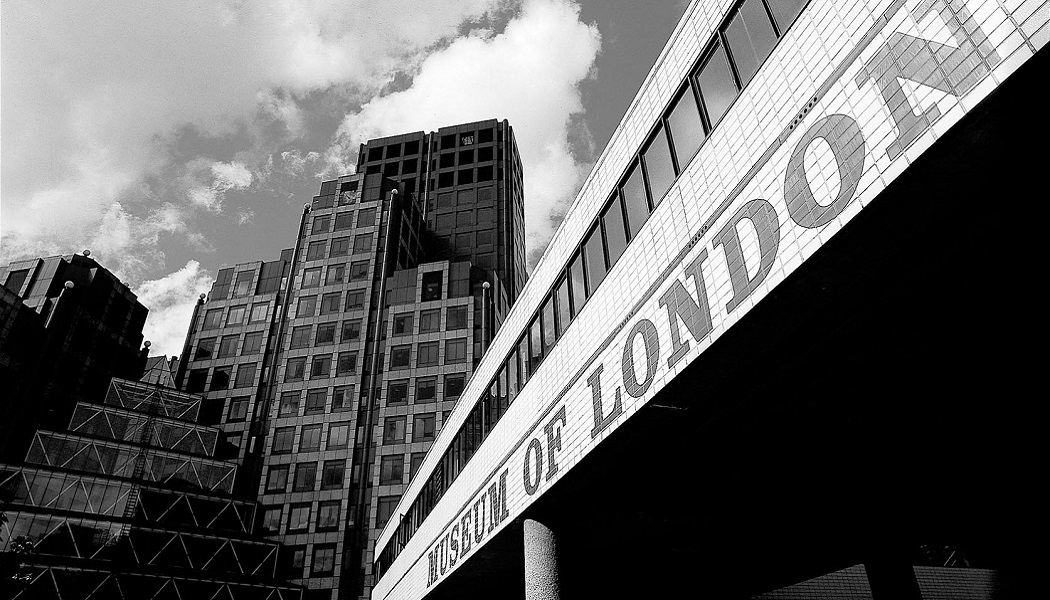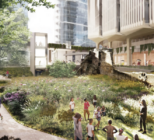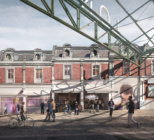Having been closed for five months and averaging just 20% of last year’s visitor figures since reopening, the museum’s self-generated income – ordinarily worth around £3.5 million each year – has not been salved by utilising the government’s Job Retention Scheme and business rates relief.
“The museum has already undertaken wide-ranging cost-saving actions to try to plug the budget gap since the pandemic began,” explains Sharon Ament, director of the Museum of London. These efforts include: cancelling major programming; implementing a recruitment freeze; “significantly cutting” department budgets; and voluntary reduced remuneration for directors.
Despite this, savings of £2 million still need to be made and the organisation has now entered entered a period of consultation with staff regarding restructuring.
At this stage, revised rotas and voluntary options, which would affect 34% of the visitor experience and commercial departments – 10% of total museum staffing – are the primary proposals.
Due to the ongoing impact of COVID-19, very sadly our museum is now entering a period of consultation with staff on proposed redundancies. Our full statement can be found here: https://t.co/8Ygi7B6VY9
— Museum of London (@MuseumofLondon) October 8, 2020
“This will be the first phase of an ongoing review of all other areas of business, which will take place over the coming months across all departments and at all levels in order to ensure our long-term financial stability,” Ament warns.
“This is not a decision taken lightly; our colleagues are our greatest strength – capable, creative and passionate about what they do – and we are working closely with our Trade Union to ensure transparent and open communication through this challenging time.”
The financial restraints imposed by the pandemic will not, however, halt plans for the Museum of London’s plans for a new site at West Smithfield. “Now more than ever, museums play a crucial role in our society as spaces that are responsive to the world that surrounds them,” the director concludes. “A new museum for London at West Smithfield will deliver significant economic and social benefits, contributing to London’s post-Covid recovery.”










